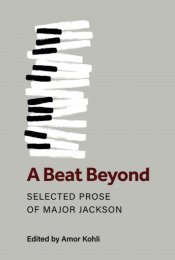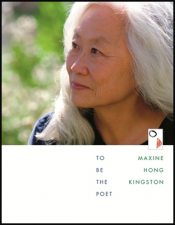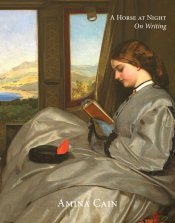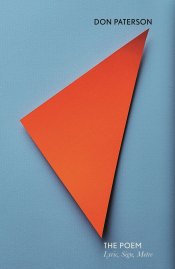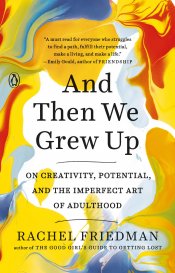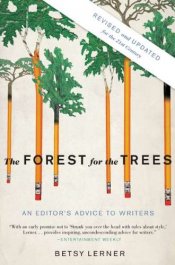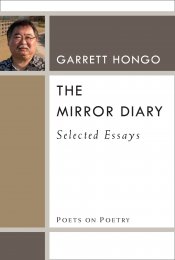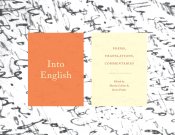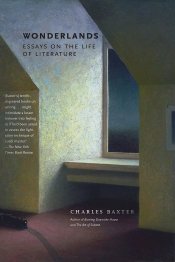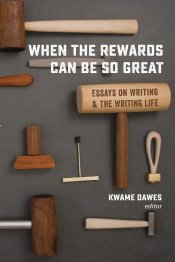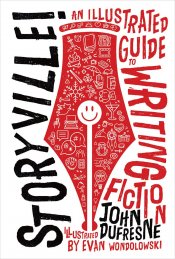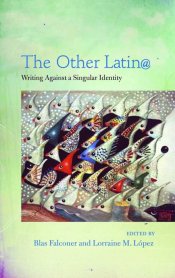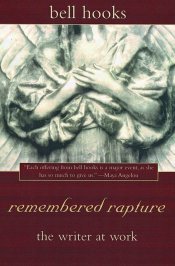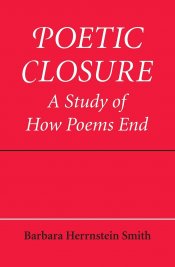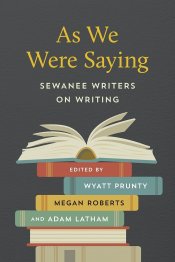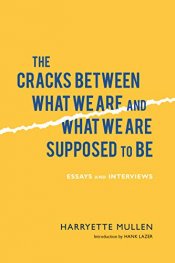Storyteller: Writing Lessons and More From 27 Years of the Clarion Writers’ Workshop
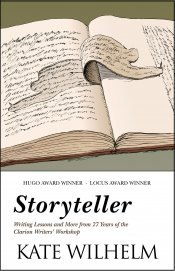
In Storyteller, the late award-winning author Kate Wilhelm compiles her memories of teaching and cofounding the Clarion Science Fiction and Fantasy Writers’ Workshop as well as the lessons she imparted over the years to countless students, often using examples from the short stories workshopped in her classes. The book takes readers through the first days of the workshops in the late 1960s and the lessons and exercises developed over the years, then into chapters with writing exercises and advice. Ideal for anybody interested in learning the fundamentals of a good story, this mix of memoir and craft book is as much about writing as it is about the importance of good teaching and community. “It is a truism that a writer reveals the self, sometimes in full awareness, sometimes unconsciously, but that is the goal. That finally is all that any of us has to offer as writers: our own perceptions of the world, our own interpretation of our culture, our experiences in fictional terms,” writes Wilhelm.






